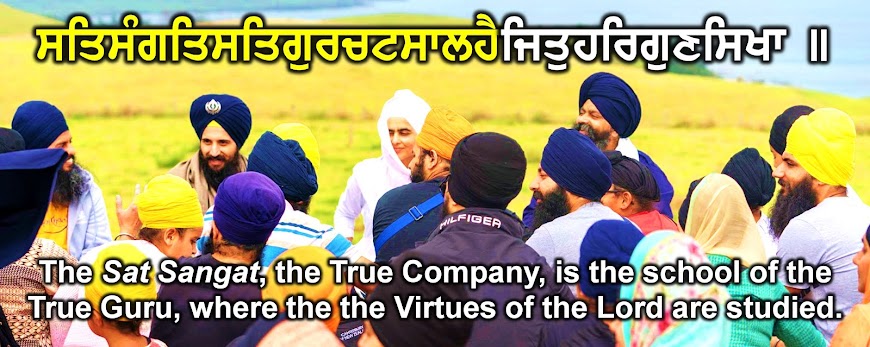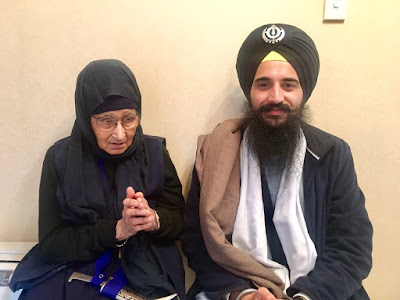Consider the following 5 dairy facts, most of which are common to all forms of dairy farming in the West:
1. The dairy industry is linked to the meat slaughter industry
21,000,000 dairy calves are slaughtered for veal or cheap beef every year globally. Whether on factory farms, “family” farms, or small, humane-certified farms, male calves and surplus females are sold to be slaughtered for veal or cheap beef. The veal industry would not exist without the dairy industry. The following “high welfare” slaughter of “humanely-raised, pastured” dairy calves was openly filmed for public television. (See video clip)
2. Cows are unnaturally forced to produce more milk
Due to extensive biological manipulation, today’s dairy cows produce up to 12 times more milk than they would naturally produce to feed a calf. Trapped in a cycle of forced impregnation, perpetual lactation and near constant confinement, most dairy cows’ overworked bodies begin producing less milk at around 4 to 5 years of age, at which point they are slaughtered. In natural conditions, cows can live 20 to 25 years. To keep them lactating at maximum yields, cows are artificially and repeatedly and forcibly impregnated year after year. The constant cycle of forced pregnancy and birth creates a huge surplus of calves. Dairy cows are forcibly impregnated once a year to keep them at peak lactation. Artificial insemination involves invasive, nonconsensual rectal and vaginal penetration.
3. Calves are forcibly removed from their mothers
Even so, virtually all dairy calves are stolen from their mothers within hours of birth in order to maximize profit. 97% of newborn dairy calves are forcibly removed from their mothers within the first 24 hours. The rest are removed in a matter of days. On so-called humane dairy farms, cows are often taken within the first hour of birth as separation of mother and calf is considered less stressful when they have not been allowed to bond (see video clip).
4. Cows are beaten and tortured
Workers at various dairy farms have been secretly filmed punching tiny calves and kicking cows in the face. In one footage from a farm in the UK, which supplies Muller Milk & Ingredients (formerly Muller Wiseman), one of the main processors used by Tesco, Sainsbury’s, M&S and the Coop for their own-brand milks, it showed workers pinning calves to the floor and shouting obscenities in their face, repeatedly kicking and slapping nursing cows and violently throwing small calves to the floor. In another, they were filmed aggressively twisting cows’ tails and repeatedly slamming metal gates into them. (See news link; See video clip)
5. Female calves are kept in cruel conditions
Some female calves will join the milking herd. They typically spend the first 2 to 3 months of life confined in lonely hutches, fed a diet of milk replacer while humans drink the milk intended for them. Calves on this small and so-called humane dairy farm are taken away from their mothers within the first hour of birth. (See news link)
If you’re interested to learn more you can watch documentaries like Earthlings, Cowspiracy, and Vegucated.
A Perspective: Sikhi and modern-day dairy
Theologically, Sikhs are not forbidden from drinking milk or consuming milk products, e.g. yoghurt, butter or cheese. On the contrary, there are numerous references to drinking milk, and eating rice-pudding for example in Sri Guru Granth Sahib Ji, and milk is called 'Amrit' in Sri Guru Granth Sahib Ji. Such things were offered in the Guru's Langar also. There is no questioning of this. However, it is to safe to say that Sikh Gurus and the Sikhs of the Guru treated animals they had, whether horses, bulls, cows or hawks, with due respect and care.
Sikhs are against animal cruelty, and for this reason a Sikh would not eat meat, fish or eggs. However, using the same logic, the modern industry of dairy farming in Western countries, would raise questions about whether it is okay to blindly drink milk without consideration of where it came from and whether there blatant abuse and cruelty was involved.
With the rising high cholesterol and high diabetes rates in the Panjabi community, perhaps there is a need for today's Sikh community to recognise their responsibility to become more aware of diet and health. Where there is an increasing awareness of using organic foods in Langar, perhaps more consideration should be given to avoiding dairy products for health and ethical grounds. Gurdwaras should be role models for promoting health, well-being and ethics.
Can a Sikh truly be totally dairy-free? The answer is no as the Maryada (tradition) of making Karhah Parshaad is reliant on using Gheo (clarified butter), and to change this is altering Maryada. Where we have to use Gheo, butter, or milk, it is worth considering using an ethical farm that is organic and promotes animal welfare. In general, lots of Gurdwaras have began using vegetable oils instead of Gheo for cooking Daal (lentils) and Sabzi (vegetables) in Langar, after a campaign of health awareness targeting Gurdwaras. Putting all these arguments to the side, I think all Sikhs can hopefully agree that from the above facts it would be responsible and ethical to at least reduce dairy intake where possible, and where necessary to use organic ethical farms!
Small changes that we could all consider is to use cocunut oil or vegetable oil instead of gheo or butter for cooking; and, if one's Rehat (religious discipline) allows, to drink almond, cocunut or almond milk instead of dairy milk.
1) 'A Vegan diet is not healthy'
On the contrary, they can be far healthier! Eating vegan is like other ways of eating: take care with what you’re putting in your body, and your body will take care of you. However, vegan diets also have numerous advantages over others. Vegans are far more likely to reach the recommended 10 portions of fruit and vegetables a day, have lower rates of obesity and reduced risk of colorectal and prostate cancer.
2) 'Vegans need to drink dairy milk to get calcium’
That's incorrect! Leafy green vegetables such as kale have been shown to have excellent absorbability compared to dairy milk, which lags behind these vegetables. Not to mention the fact that fortified plant milk has just as much calcium as dairy milk, while calcium-set tofu is a really rich source.
3) ‘Only vegans need supplements’
Vegans and non-vegans alike can take a supplement like to ensure that they are getting all they need, though this is not a requirement as a well planned diet can be sufficient for optimal health. Fortified foods are necessary for healthy living in both vegans and non-vegans. Manufacturers add supplements to the foods we eat in order for us to get the vitamins, minerals and nutrients our bodies need. Dairy milk, like many plant milks, is commonly fortified with Vitamins A and D. Moreover, before countries across the world started to add iodine to table salt and cattle feed, iodine deficiency was rife. This is also the case with B12 being fed to cattle, as it no longer naturally occurs in the soil.
4) ‘Vegan diets are not suitable for children’
The British Dietetic Association says that a well-planned vegan diet is suitable for ALL ages. Some people believe it is unfair to serve children healthy vegan food because they have not had the ‘choice’ to have meat: but how can forcing a child to eat animal products before they know the facts surrounding their production be a ‘choice’?
5) 'Vegan diets make you weak'
Then how do you explain the success of Germany’s strongest man, the world champion of French Kickboxing and two of the greatest tennis players of our time. There is also a growing number of Vegan Sikh weightlifters and fitness enthusiasts that promote health and well-being on social media.
Small changes that we could all consider is to use cocunut oil or vegetable oil instead of gheo or butter for cooking; and, if one's Rehat (religious discipline) allows, to drink almond, cocunut or almond milk instead of dairy milk.
Some general myths and facts about a dairy-free diet
On the contrary, they can be far healthier! Eating vegan is like other ways of eating: take care with what you’re putting in your body, and your body will take care of you. However, vegan diets also have numerous advantages over others. Vegans are far more likely to reach the recommended 10 portions of fruit and vegetables a day, have lower rates of obesity and reduced risk of colorectal and prostate cancer.
2) 'Vegans need to drink dairy milk to get calcium’
That's incorrect! Leafy green vegetables such as kale have been shown to have excellent absorbability compared to dairy milk, which lags behind these vegetables. Not to mention the fact that fortified plant milk has just as much calcium as dairy milk, while calcium-set tofu is a really rich source.
3) ‘Only vegans need supplements’
Vegans and non-vegans alike can take a supplement like to ensure that they are getting all they need, though this is not a requirement as a well planned diet can be sufficient for optimal health. Fortified foods are necessary for healthy living in both vegans and non-vegans. Manufacturers add supplements to the foods we eat in order for us to get the vitamins, minerals and nutrients our bodies need. Dairy milk, like many plant milks, is commonly fortified with Vitamins A and D. Moreover, before countries across the world started to add iodine to table salt and cattle feed, iodine deficiency was rife. This is also the case with B12 being fed to cattle, as it no longer naturally occurs in the soil.
4) ‘Vegan diets are not suitable for children’
The British Dietetic Association says that a well-planned vegan diet is suitable for ALL ages. Some people believe it is unfair to serve children healthy vegan food because they have not had the ‘choice’ to have meat: but how can forcing a child to eat animal products before they know the facts surrounding their production be a ‘choice’?
5) 'Vegan diets make you weak'
Then how do you explain the success of Germany’s strongest man, the world champion of French Kickboxing and two of the greatest tennis players of our time. There is also a growing number of Vegan Sikh weightlifters and fitness enthusiasts that promote health and well-being on social media.















































